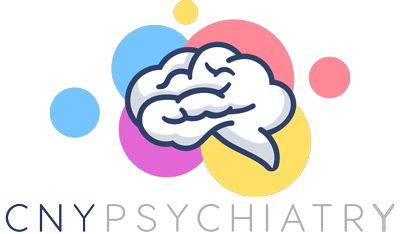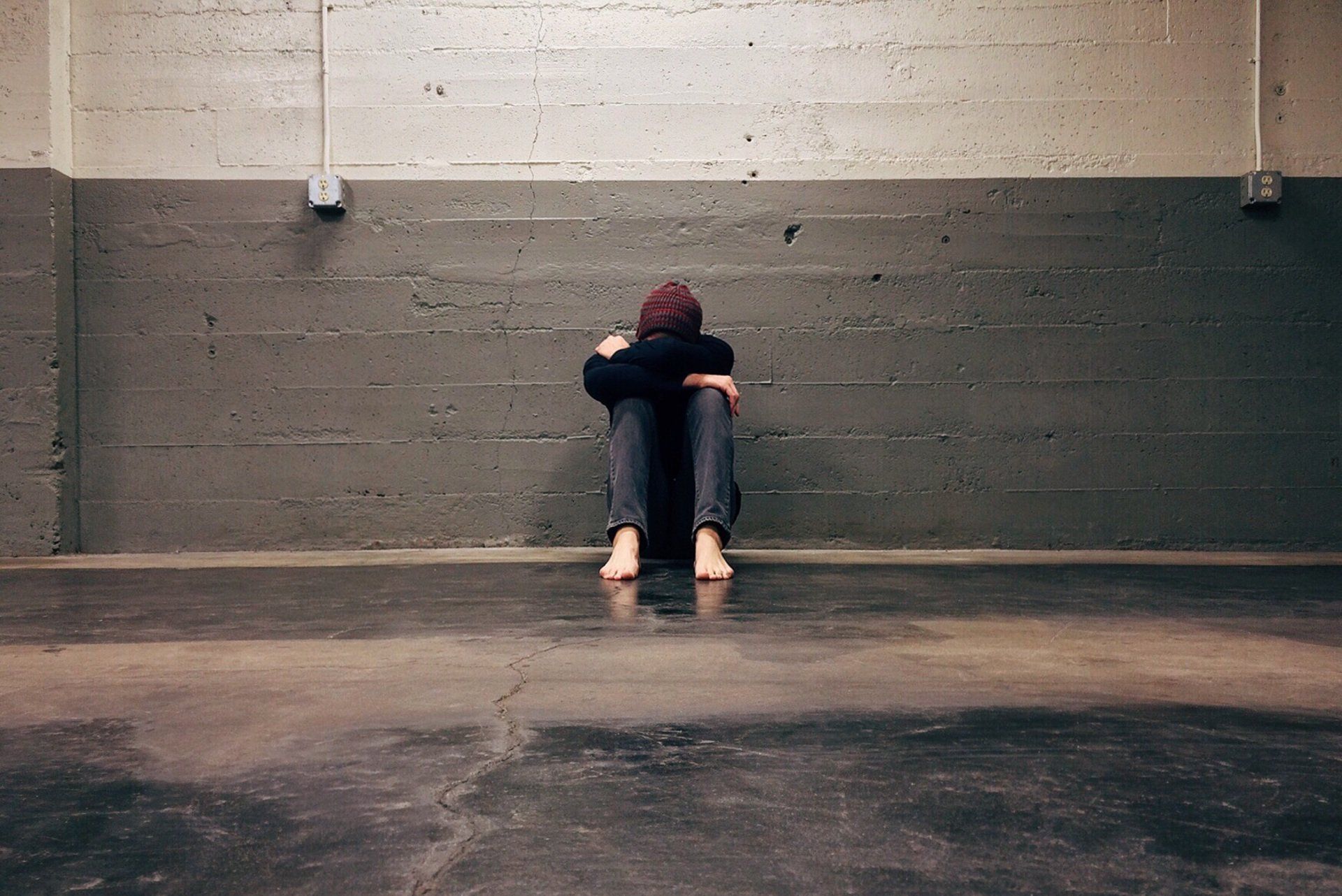How Does TMS Therapy Work?
Jason Stepkovitch, MD • April 4, 2021

I was eating my lunch today, thinking about what my latest blog post would focus on, when my cell phone rang. It was the mother of one of my patients, a woman who has struggled with debilitating depression as well as a host of other psychiatric symptoms. Usually phone calls to psychiatrists, particularly mothers of adult patients, are harbingers of something serious, so I was prepared for bad news. This call was different. She called to let me know that she hadn’t seen her daughter look this good since before she became ill, that for the first time in a number of years she was able to look into her eyes and see the return of the sparkle that had once been there, but extinguished in the midst of her struggles. She said after their last visit together, she drove home in tears, as she had done many times in the past, I would imagine. But this time the tears were ones of joy.
Her daughter had gone through many of the standard medications and treatment modalities for her condition, and had also been hospitalized on multiple occasions. The change her mother witnessed occurred following a course of a treatment known as transcranial magnetic stimulation, or TMS.
TMS obtained its FDA approval in 2008 for the treatment of major depressive disorder, so it is not a new, unknown treatment. Countless studies over the past 12 years have shown that TMS consistently outperforms standard treatment for the management of depression, and it is being increasingly utilized in the management of PTSD, generalized anxiety, bipolar depression, as well as other neurocognitive conditions. At this point, TMS is a well-established treatment with a proven safety record.
TMS works on the idea that electrical stimulation is good for the brain. We’ve known this for years in psychiatry, with electroconvulsive therapy (ECT), more pejoratively known as ‘shock therapy’, being used when medications were ineffective in pulling an individual out of a depressive episode. I think it is important to differentiate between these two important treatments, so allow me to briefly review both.
ECT entails running a direct current across the entirety of the brain to the point that the patient is having a seizure. Done in the hospital, under general anesthesia and with close medical observation, it remains a very effective treatment for severe depression. But it has its problems, and not just from the history and stigma attached to it. It is generally done in the hospital, requiring the patient to be driven to and from the appointments, which are usually a series of 12 treatments. Other common problems are short term memory loss, and a sense of fogginess after the treatments.
TMS, done in an office-based setting, utilizes electromagnetic energy, approximately the power of an MRI, and, rather than hitting the entirety of the brain, as is done in ECT, TMS specifically targets the parts of the brain implicated in the problem we’re looking to address. In the case of depression, we’re usually looking to target the part of the brain known as the left dorsolateral prefrontal cortex, or DLPFC. We’ve observed that in depressed individuals, the DLPFC is less active, with less glucose uptake by neurons, less blood flow to that part of the brain, as well as changes in other markers of neuronal health, such as diminished secretion of something called BDNF, a neurochemical important for the generation of new neurons as well as improving neural connectivity.

With targeted electromagnetic stimulation, as in TMS, we can take bundles of neurons, and get them to depolarize, or discharge, in an oscillatory, synchronized fashion thousands of times in twenty minutes, the time the standard FDA-approved protocol takes to complete. When done repeatedly, 36 times in the case of a standard treatment course, what one sees, when treatment is successful, is evidence that repeated depolarization leads to improvement in neural connectivity, known clinically as neuroplasticity, as well as new neural growth. There is clear evidence of improvement in patterns of blood flow throughout the DLPFC after successful completion of TMS treatment, increased metabolic activity in this region, increased cerebrospinal fluid levels of BDNF, as well as increased cortical thickness.
Since we started treating patients with TMS in September, 2019, we’ve had a number of dramatic successes similar to the one mentioned above. Those sorts of phone calls are the reasons why one enters this field. I do want to reinforce, however, that TMS is not a perfect treatment. While about six in ten patients experience significant improvement, other patients experience only modest gains, and there are also patients who see no change in their symptoms whatsoever.
There are millions of individuals who struggle with severe depression which stubbornly hasn’t responded to treatment, be the treatment antidepressants, psychotherapy, or a combination of both. With TMS, which I believe is quickly changing the field of psychiatry, we now have a highly effective and safe tool for those individuals.




